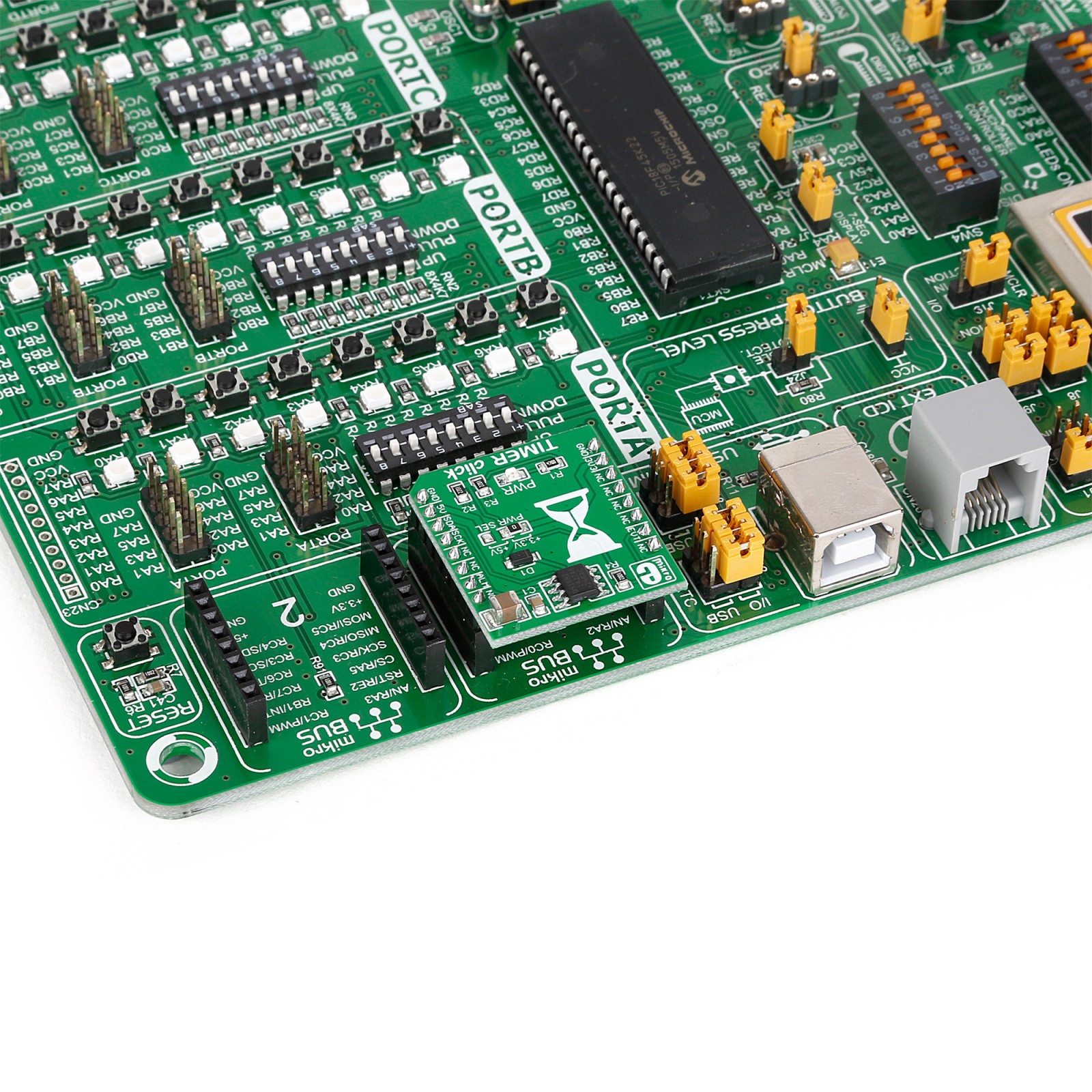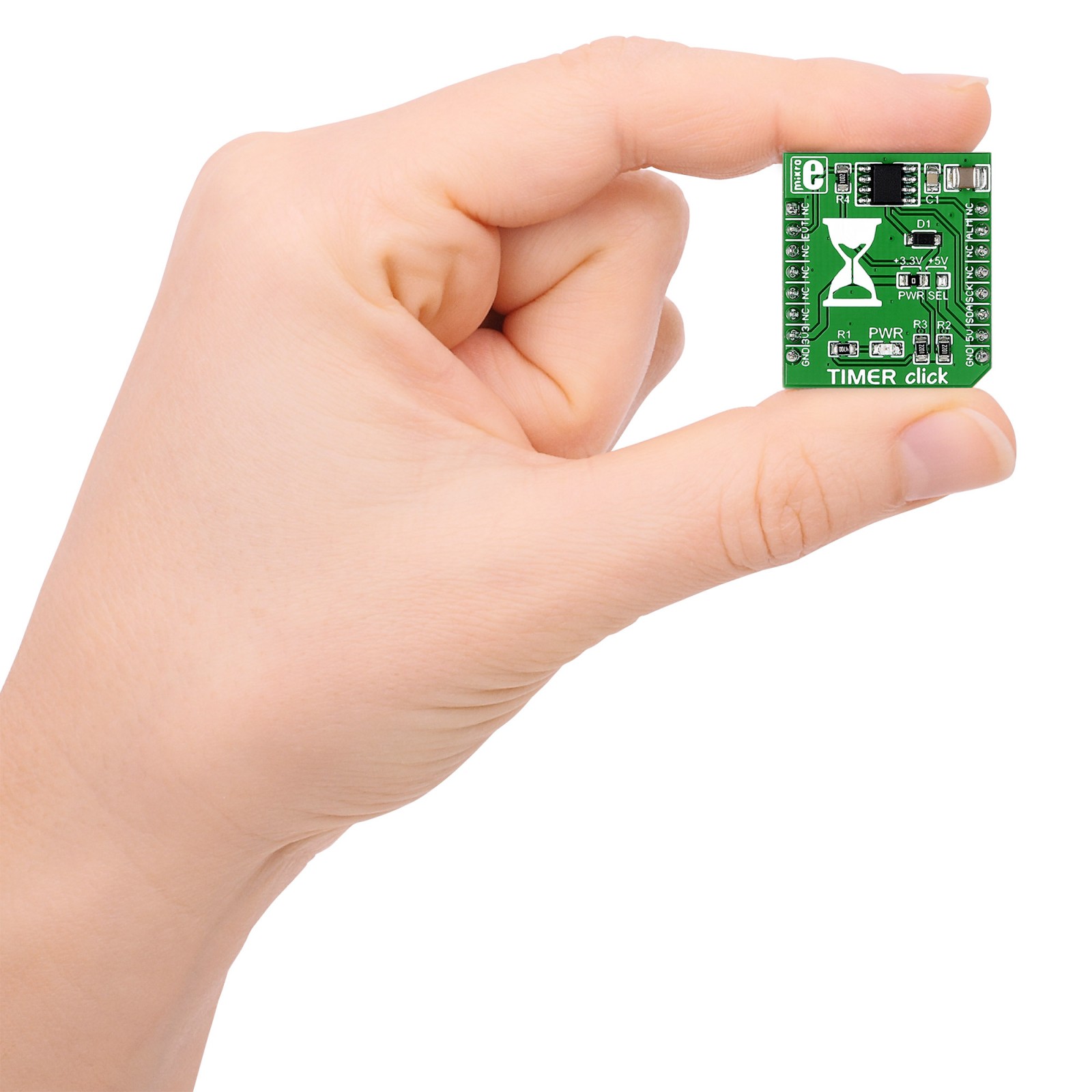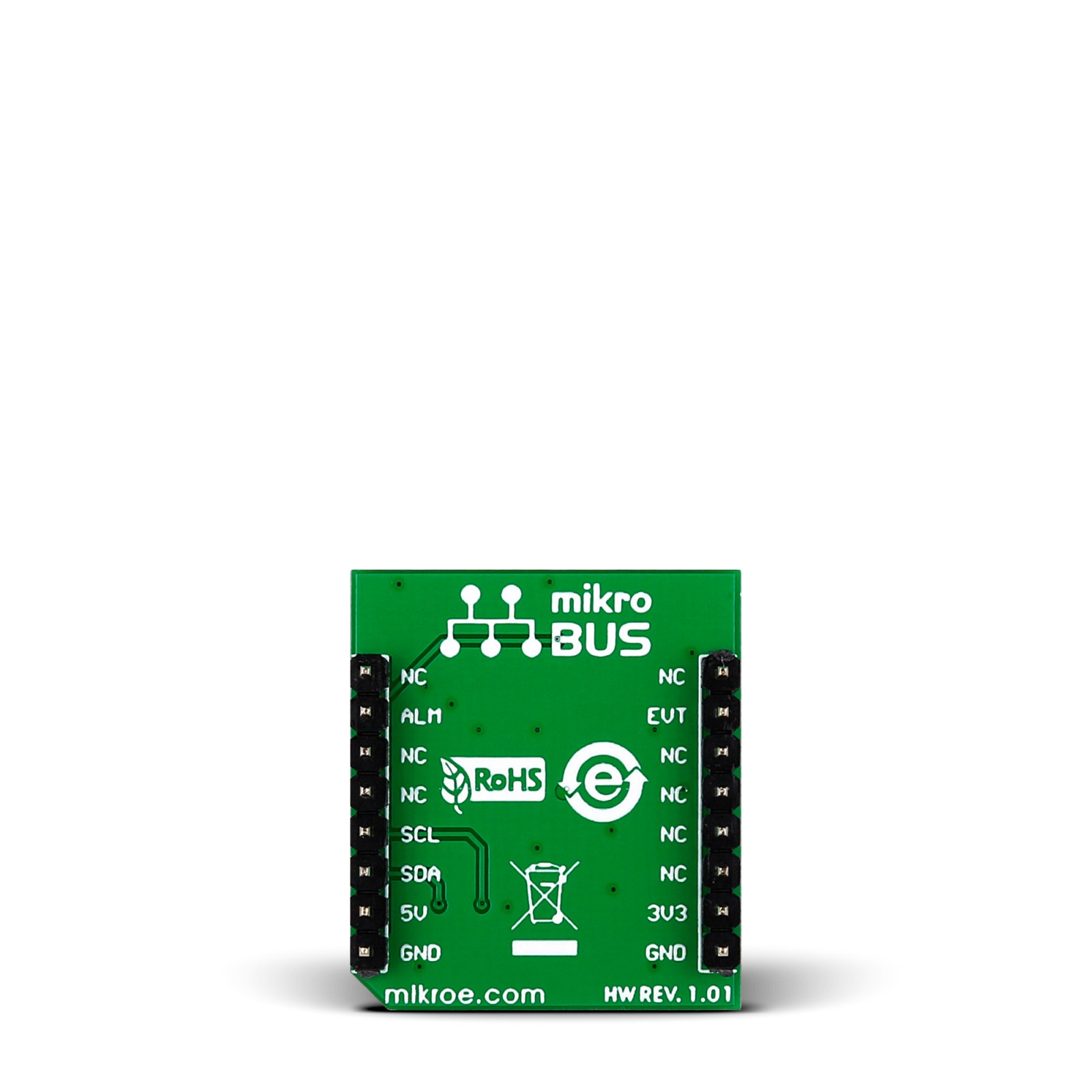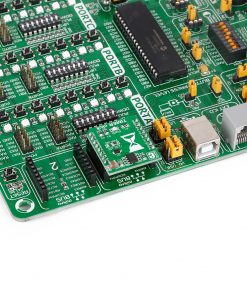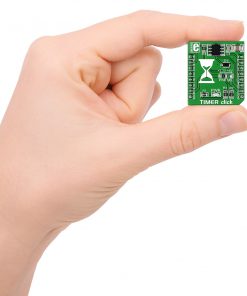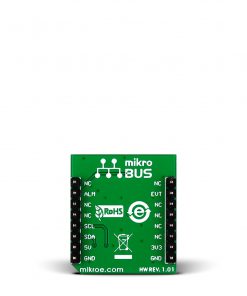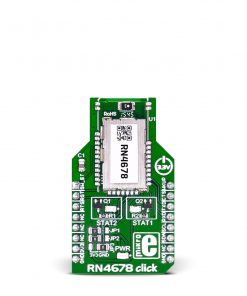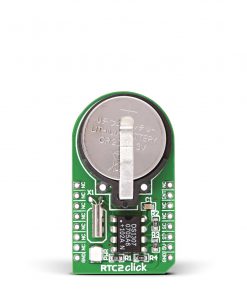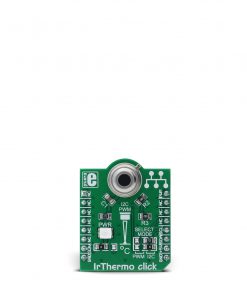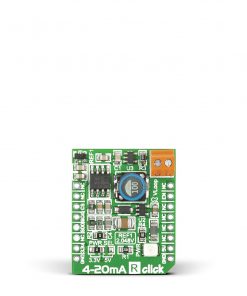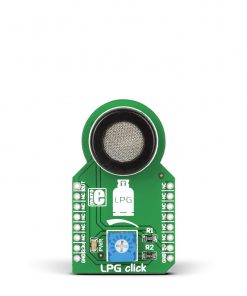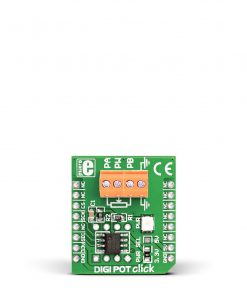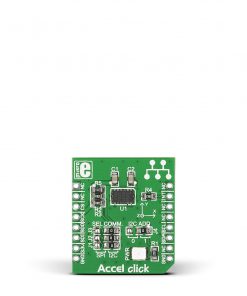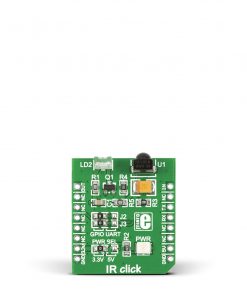TIMER Click
R410.00 ex. VAT
Timer Click is a compact add-on board with timer functionalities that can easily be added to your application. This board features the DS1682, a total-elapsed-time recorder with an alarm from Analog Devices. The DS1682 has remarkable features such as a 32-bit nonvolatile elapsed time counter (ETC) that monitors event duration with a quarter of the second resolution and can provide unbelievably 34 years of total time accumulation. With 10 bytes of user EEPROM memory, it does not need a backup power source to maintain data. The ETC is in conjunction with the alarm function as a feature for itself. This Click board™ makes the perfect solution for developing applications of warranty tracking or other systems where a time of use is essential.
Timer Click is supported by a mikroSDK compliant library, which includes functions that simplify software development. This Click board™ comes as a fully tested product, ready to be used on a system equipped with the mikroBUS™ socket.
Stock: Lead-time applicable.
| 5+ | R389.50 |
| 10+ | R369.00 |
| 15+ | R348.50 |
| 20+ | R335.38 |


